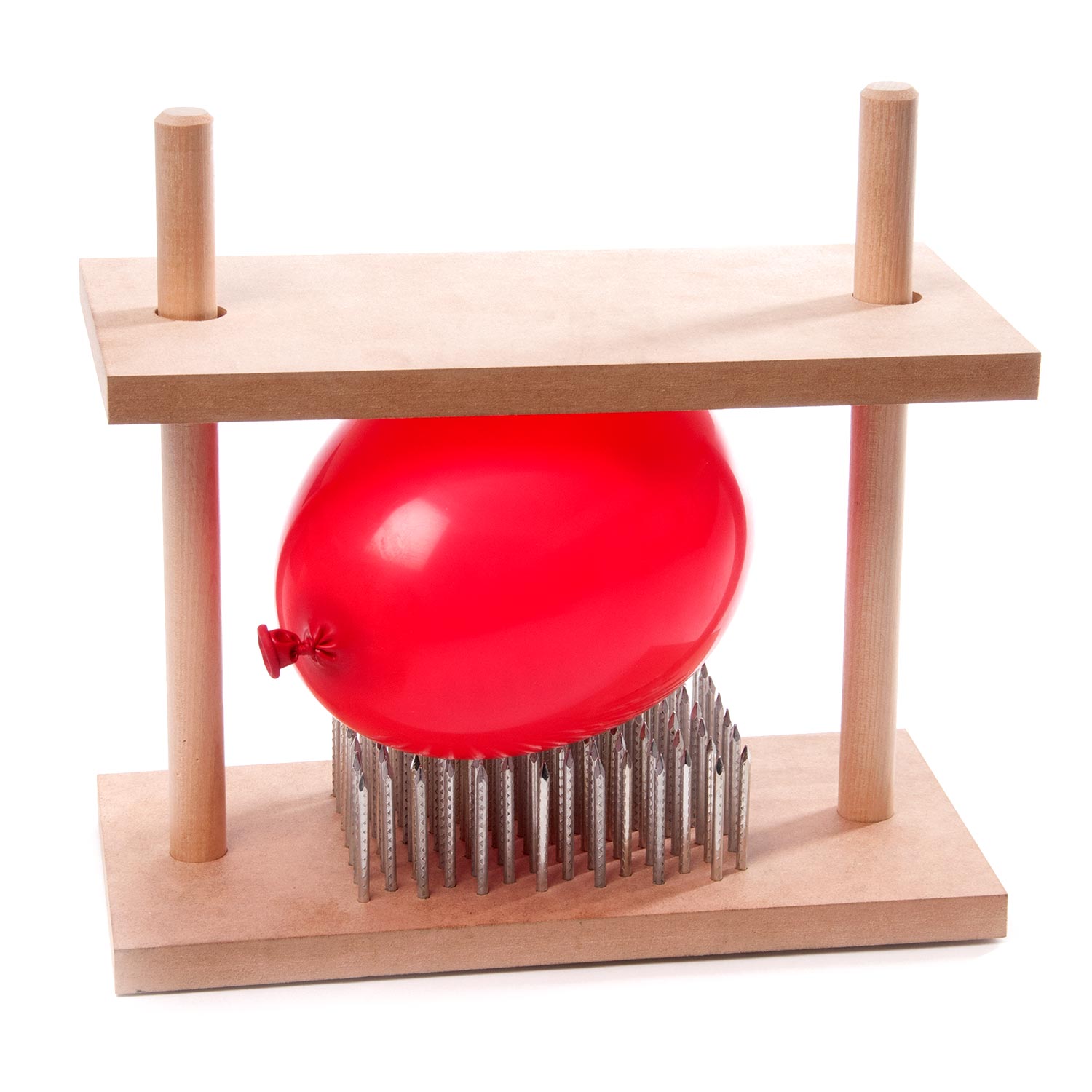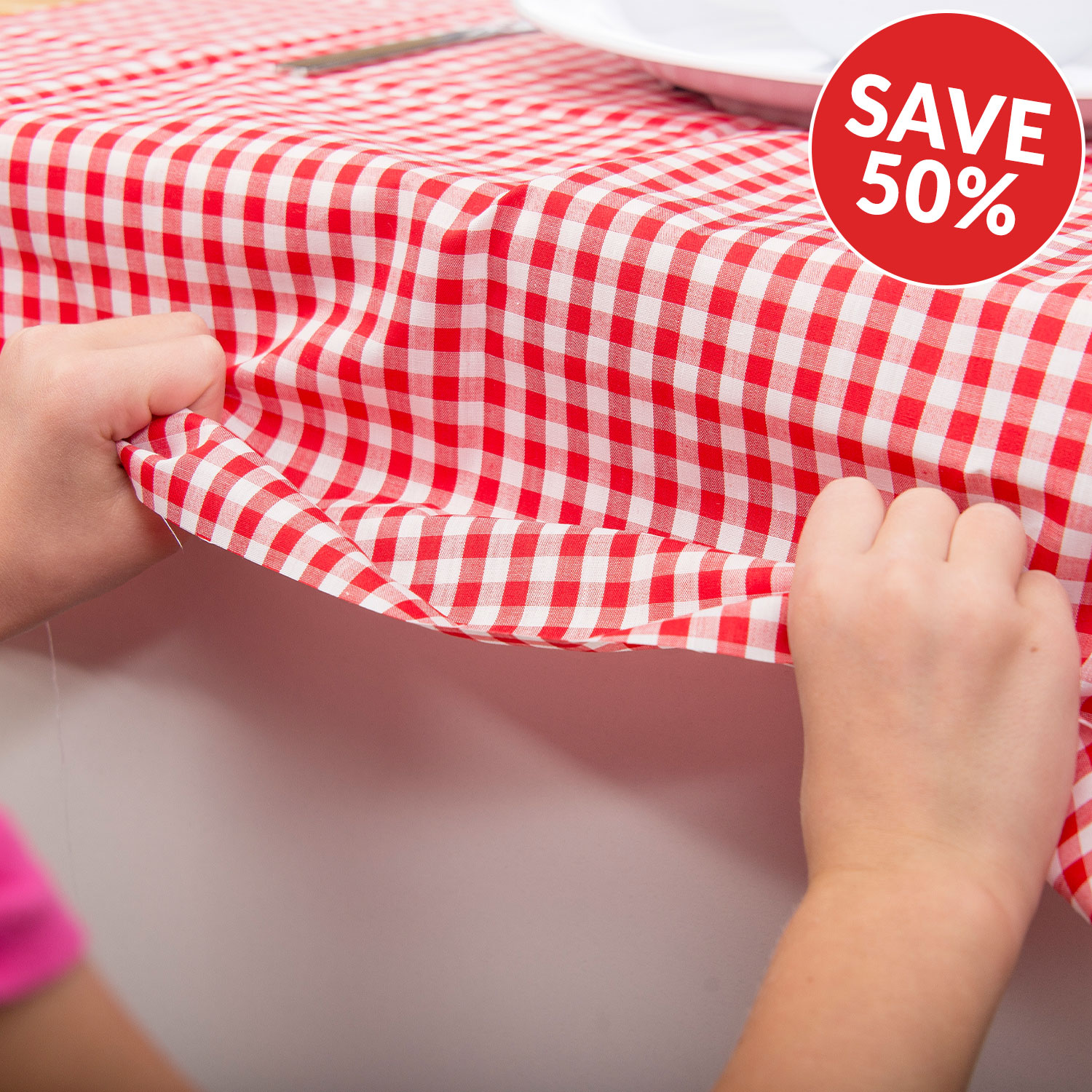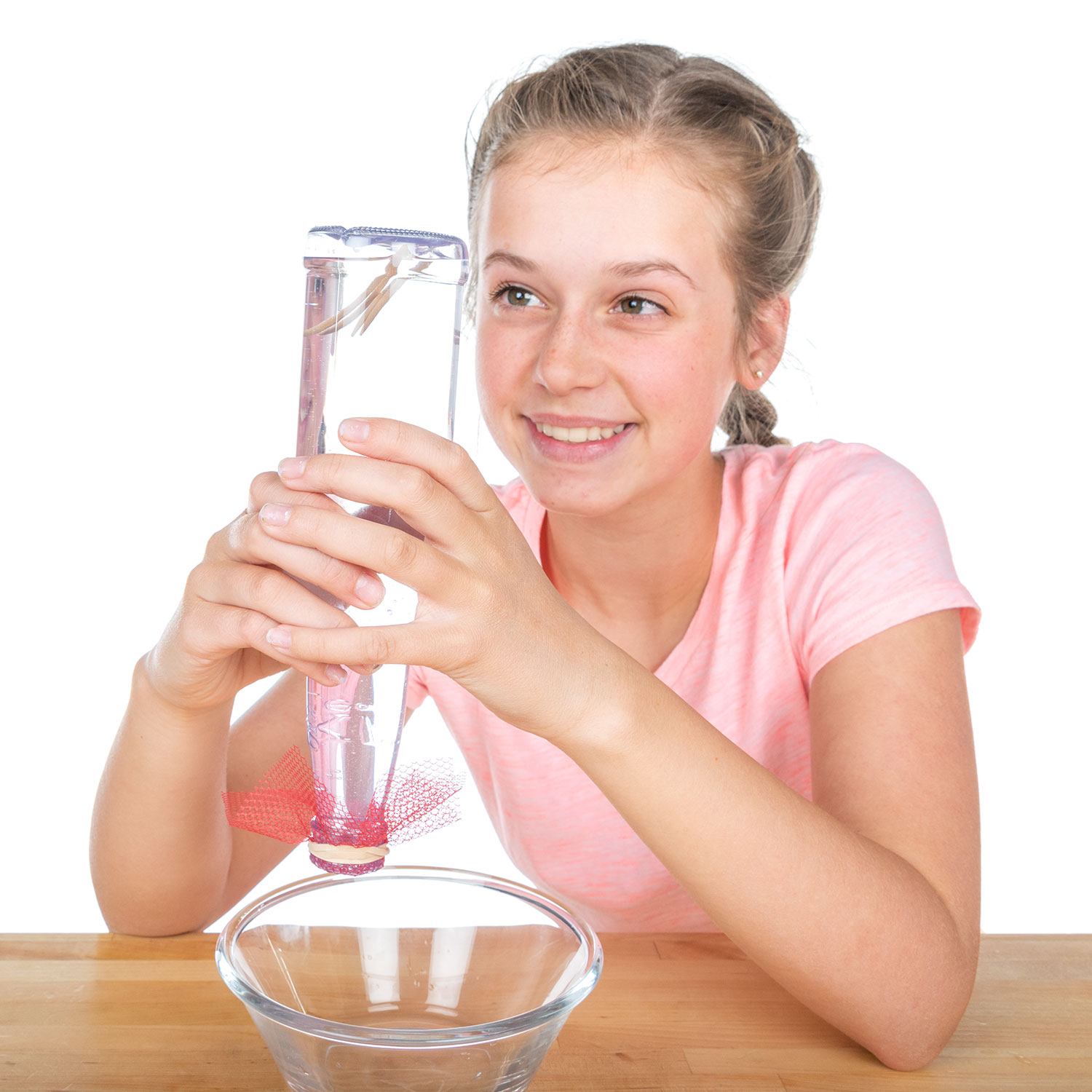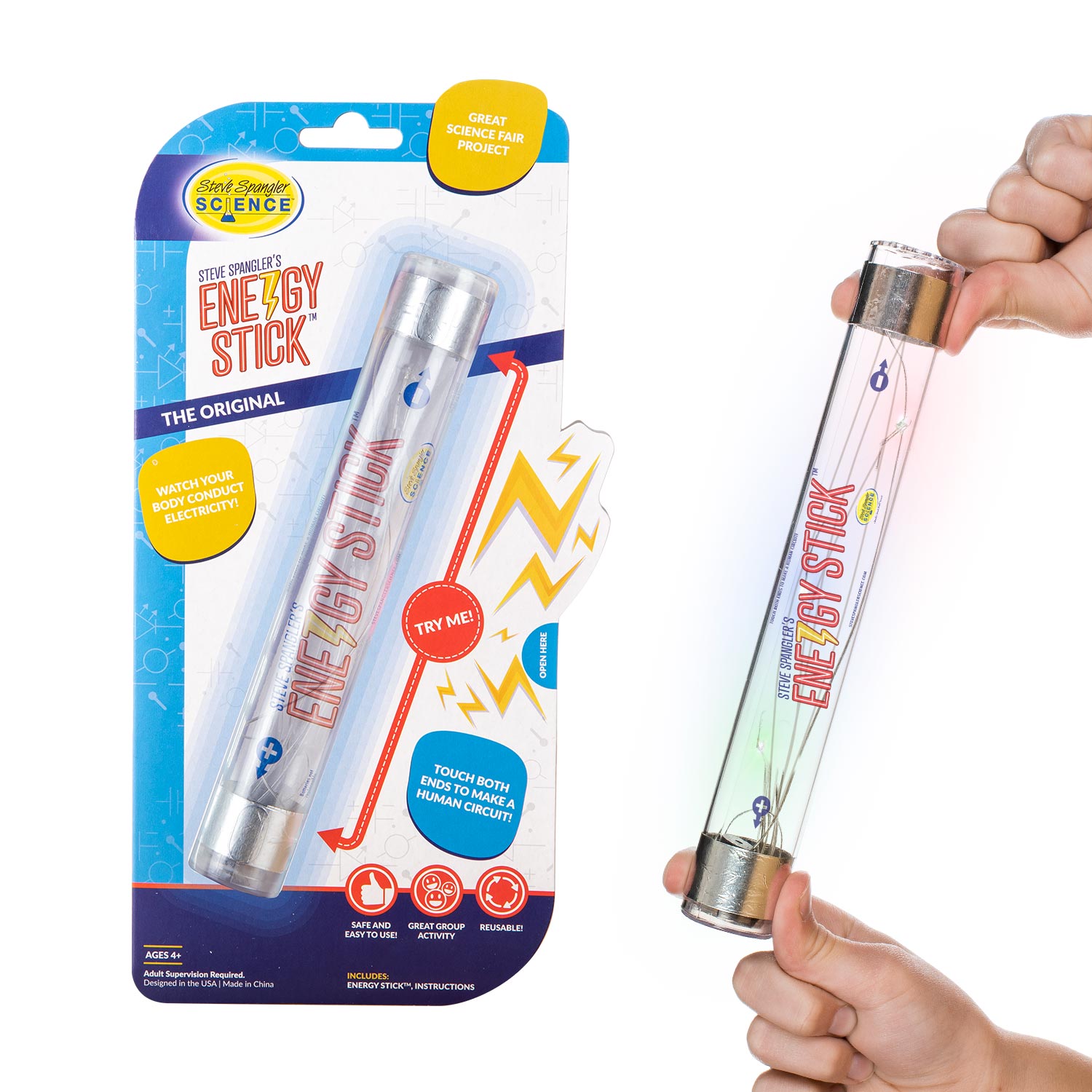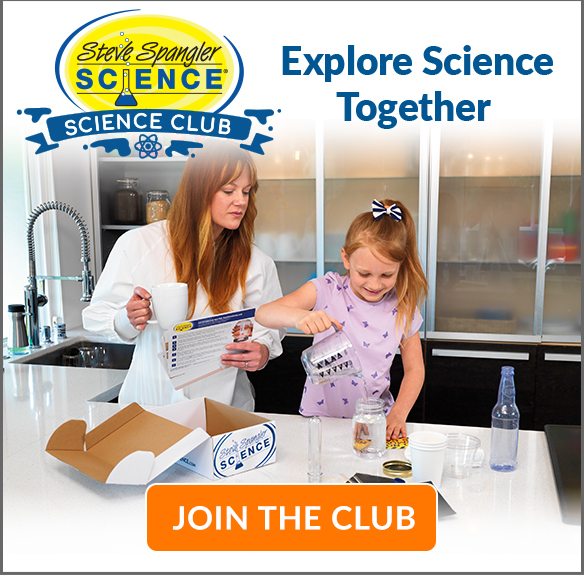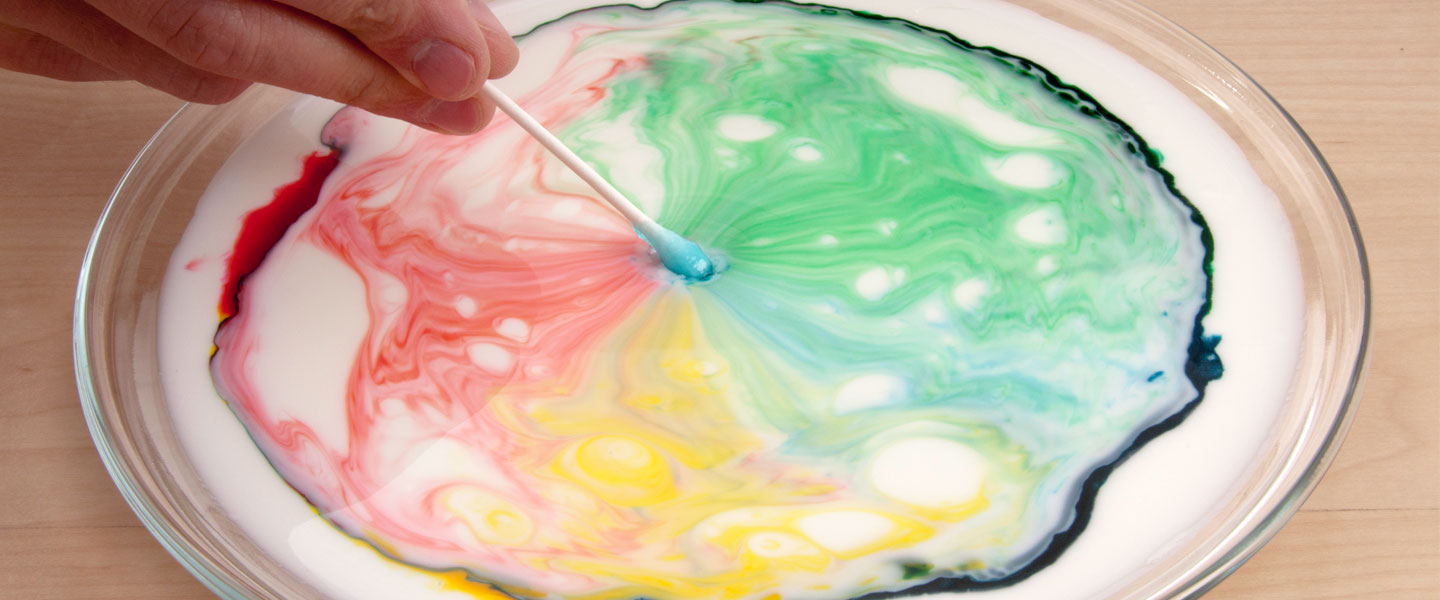
Color Changing Milk Experiment – Magic Milk Experiment
This is guaranteed to become one of your favorite kitchen chemistry experiments. Some very unusual interactions take place when you mix a little milk, food coloring, and a drop of liquid soap. Use this experiment to amaze your friends and uncover the scientific secrets of soap.
Color-Changing Milk Experiment
This magic milk experiment is guaranteed to become one of your favorite kitchen chemistry experiments. Some very unusual interactions take place when you mix a little milk, a bit of food coloring and a drop of liquid soap. Use this experiment to amaze your friends and uncover the amazing scientific secrets of soap.
Kids’ Science and Milk Lab Experiments at Home
It’s easy to create memorable science experiments for kids in the kitchen. From amazing egg experiments to candy crystal creations, there is something pretty amazing in store in the kitchen (where chemistry and science experiments occur each and every day, most of which are edible). Here is where you can explore dozens of many easy, fun and safe kitchen-based science experiments — like our magic milk experiment. This unforgettable hands-on learning experience is easy and offers firsthand learning: no wonder it’s one of the most popular experiments at Steve Spangler Science! Read on to learn how to turn this activity into an awesome science fair project. Find more hands-on science fun for kids in Steve’s book, Naked Eggs and Flying Potatoes.
SICK Science® is a registered trademark of Steve Spangler, Inc. All Rights Reserved.
Experiment Materials
- Milk (whole or 2%)
- Dinner plate
- Food coloring (red, yellow, green, blue)
- Dish-washing soap (Dawn brand works well)
- Cotton swabs
Experiment Videos
Experiment
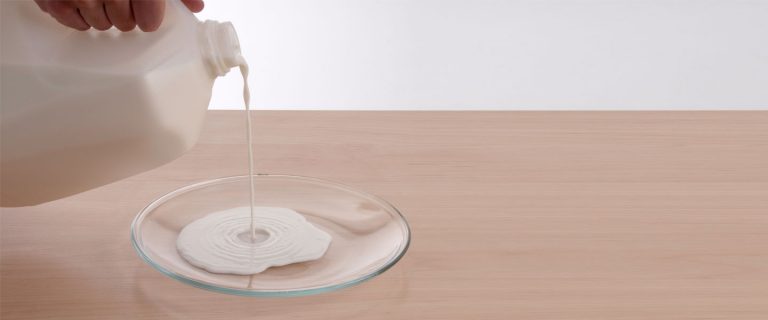
1
Pour enough milk in the dinner plate to completely cover the bottom to the depth of about 1/4 inch. Allow the milk to settle before moving on to the next step.
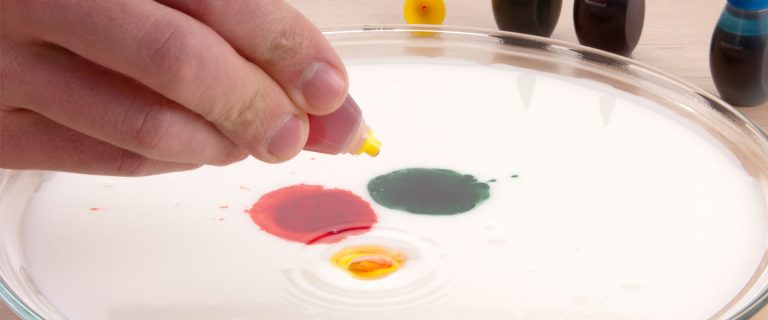
2
Add one drop of each of the four colors of food coloring—red, yellow, green, and blue—to the milk. Keep the drops close together in the center of the plate of milk.
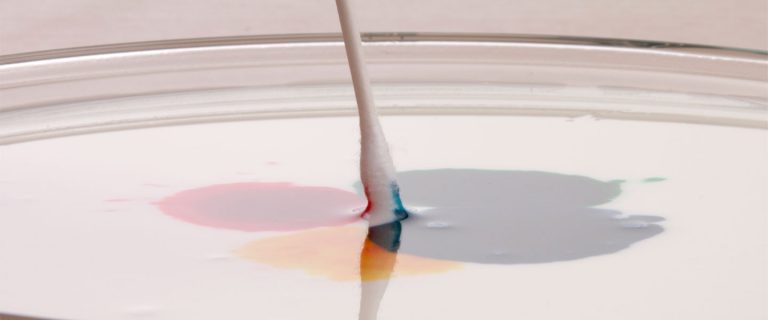
3
Find a clean cotton swab for the next part of the experiment. Predict what will happen when you touch the tip of the cotton swab to the center of the milk. It’s important not to stir the mix—just touch it with the tip of the cotton swab. Go ahead and try it.
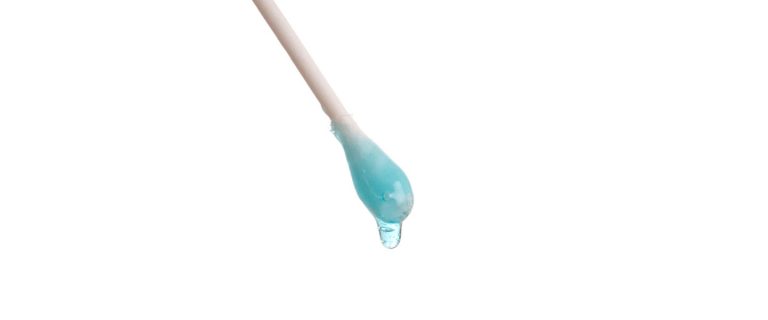
4
Now place a drop of liquid dish soap on the other end of the cotton swab. Place the soapy end of the cotton swab back in the middle of the milk and hold it there for 10 to 15 seconds. Look at that burst of color! It’s like the Fourth of July in a plate of milk.
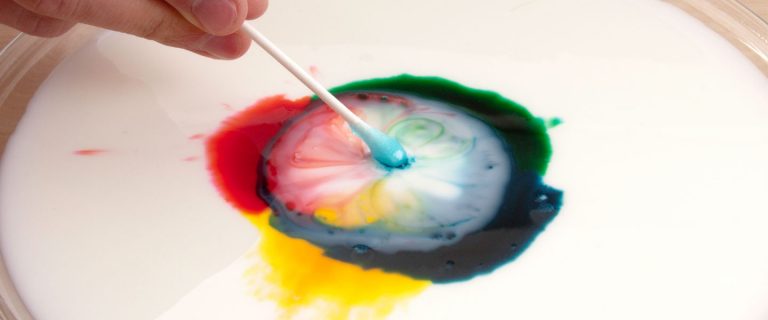
5
Add another drop of soap to the tip of the cotton swab and try it again. Experiment with placing the cotton swab at different places in the milk. Notice that the colors in the milk continue to move even when the cotton swab is removed. What makes the food coloring in the milk move?
How Does It Work
What’s the secret behind our Color-Changing Milk Experiment? What makes this amazing milk lab magic occur?
Well first, milk is mostly water; however, it also contains vitamins, minerals, proteins and tiny droplets of fat suspended in solution. Fats and proteins are sensitive to changes in the surrounding solution (the milk).
The secret of these awesome bursting colors is in the chemistry of that tiny drop of soap. Like other oils (as you found in our Oil and Water Experiment), milk fat is a non-polar molecule, which is a “science-y” way to say that it doesn’t dissolve in water. When soap is mixed in, however, the non-polar (hydrophobic) portion of the micelles (molecular soap structures within the solution) break up and collect the non-polar fat molecules. The polar surface of the micelle (hydrophilic) then connects to a polar water molecule with the fat held inside the soap micelle. Thanks to the soap connection (literally), the non-polar fat can then be carried by the polar water. This is when the fun begins.
As the soap molecules race around to join up with the fat molecules, the fat molecules bend, roll, twist and contort in all directions. During this fat molecule gymnastics demonstration, the food coloring molecules are bumped and shoved everywhere, providing an easy way to observe all that previously invisible activity. As the soap becomes evenly mixed with the milk, the action slows down and eventually stops. This is why milk with a higher fat content produces a better explosion of color: there’s just more fat to combine with all of those soap molecules.
Try adding another drop of soap to see if there’s any more movement. If so, you discovered there are still more fat molecules that haven’t found a partner in that big color dance. Add another drop of soap to start the process again.
Take It Further
Repeat the experiment using water (in place of milk). Will you get the same eruption of color? What kind of milk produces the best color swirls: skim milk, 1% milk, 2% milk or whole milk? Why? These questions are the basis of a great science fair project. Creating your very own magic milk experiment is as easy as comparing the effect that the dishwashing soap has on a number of different liquids. Do you see any pattern in your observations?
The Best Science Experiments for Kids: Steve Spangler Science
Don’t miss our other amazing science experiments for kids in our online experiment library; each experiment allows your kids hands-on learning experiences at home or in the classroom. Our easy experiments, including our color-changing milk lab experiment, uses everyday ingredients from the kitchen to make memorable reactions that demonstrate important scientific principles. Don’t miss our other science experiments, including food science experiments, table tricks and more! If you can’t get enough of Steve Spangler Science experiments, join the Steve Spangler Science Club, for monthly kids’ science experiments delivered directly to your door. Each experiment includes everything you need to have some science-based fun!



